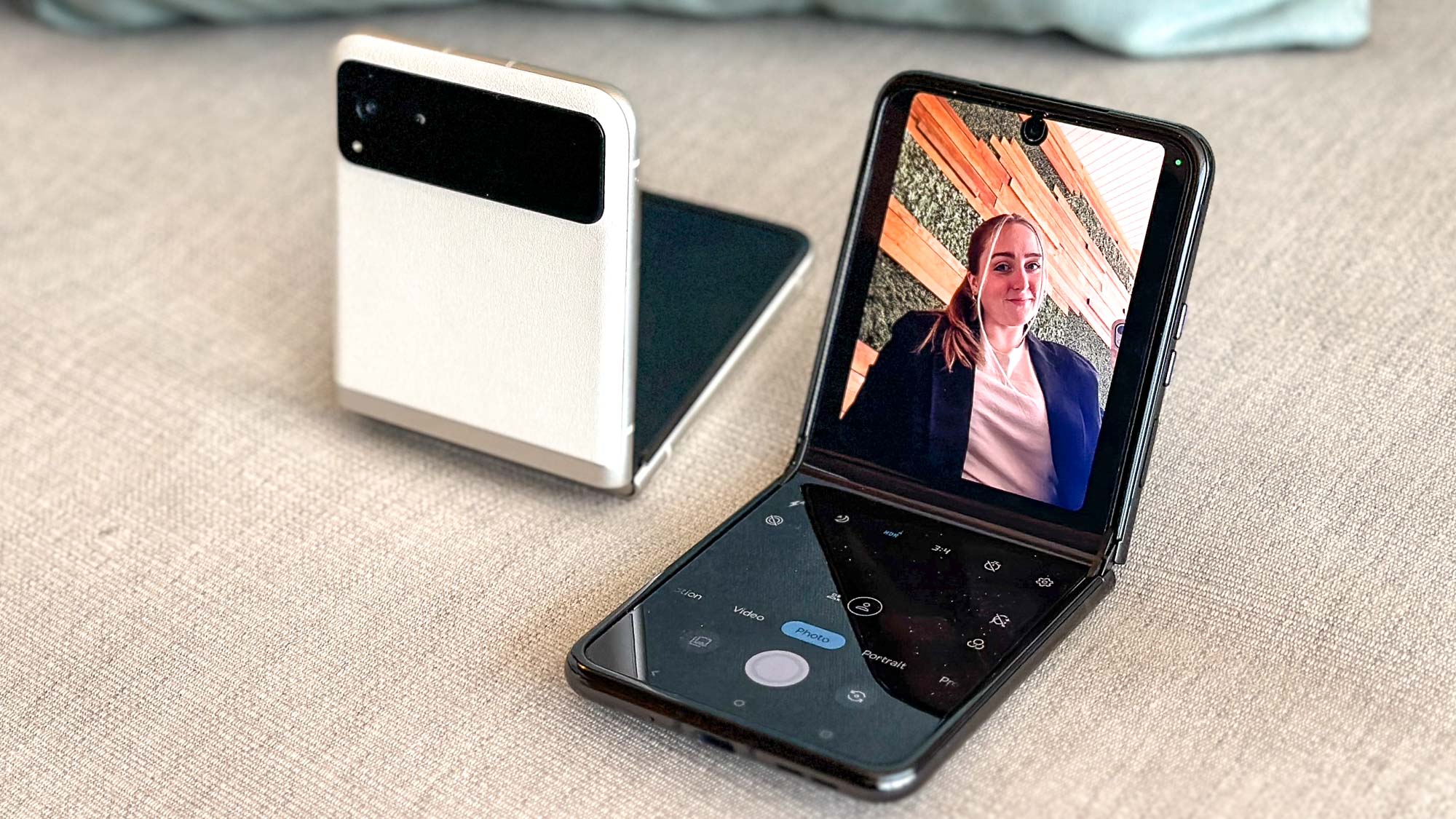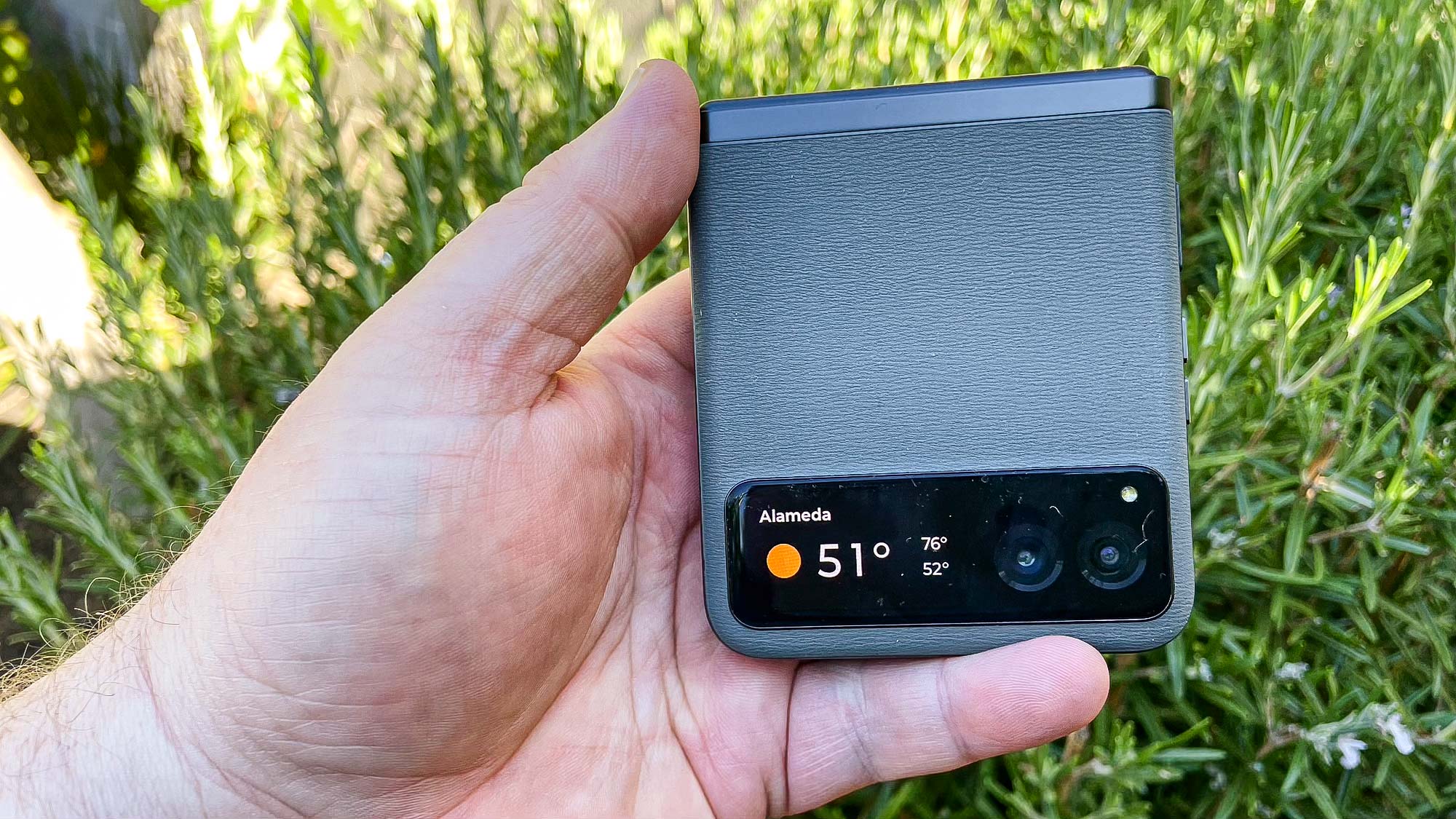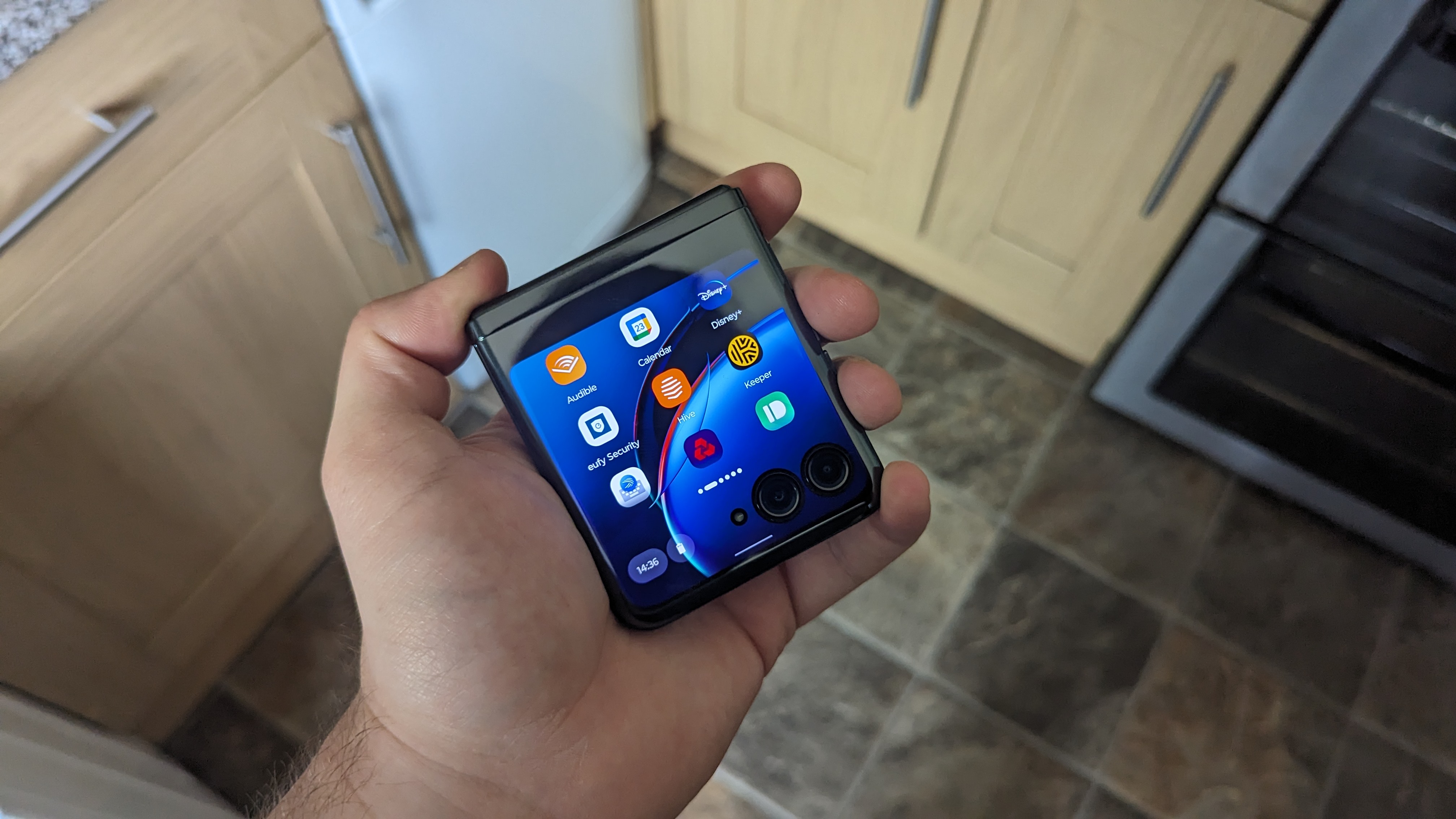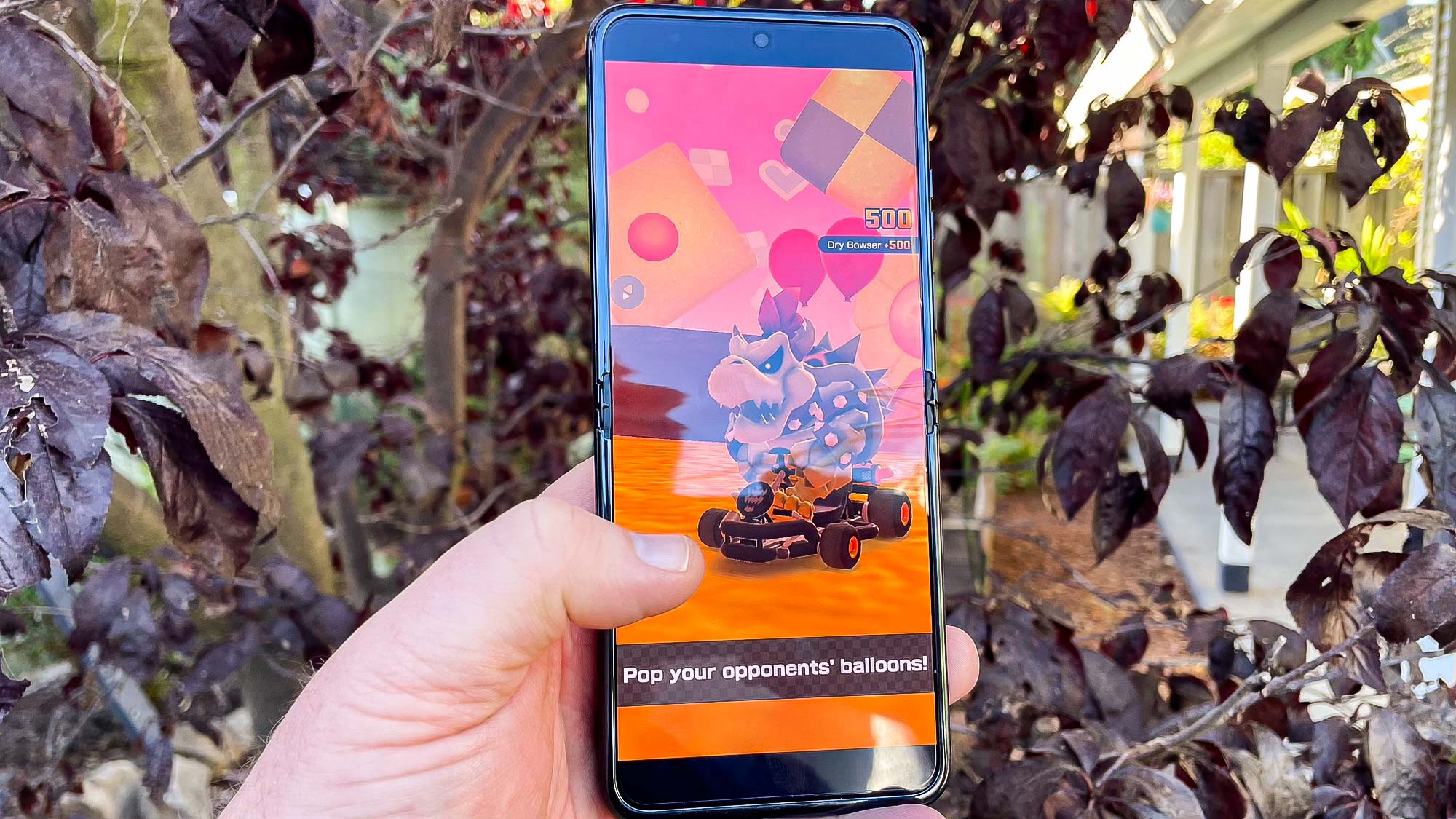The $699 Motorola Razr heralds a new era of affordable foldable phones
Foldables are finally coming for the masses

It was a pretty big week for foldable phones, particularly with the launch of the OnePlus Open, a new notebook-style device that's giving phones like the Galaxy Z Fold 5 and the Google Pixel Fold a run for their money. But as impressive a debut as that was, I would argue that the OnePlus Open wasn't even the most significant foldable phone to hit the scene last week.
Instead, I think it's the Motorola Razr (2023) that's going to leave the more lasting impression.
That may seem like an odd comment considering the OnePlus Open has already grabbed the top spot in our best foldable phones rankings. In contrast, the Motorola Razr isn't even really a new phone; rather, it's a variation of the Motorola Razr+ that came out earlier this year, only with scaled-back specs is some areas.
But there's something else that's scaled back about the Motorola Razr — its price. The new foldable went on sale October 19 for $699, making it the cheapest foldable we've yet seen. Previously, that distinction was shared by the Razr+ and the Samsung Galaxy Z Flip 5, both of which started at $999.
Getting the price of foldables below the $1,000 mark was a significant hurdle when the Galaxy Z Flip 3 pulled it off two years ago. And it's even more significant now that you can find a foldable that will cost you less than most flagship handsets. It's a sign that the foldable phone market is maturing and that the devices are increasingly likely to go mainstream.
Even better, the arrival of the Motorola Razr is noteworthy because while it may be the first foldable device to become available for $699 or less, it's certainly not going to be the last.
What the $699 Razr sacrifices

You don't offer a phone for $300 less than the competition without sacrificing some features, and that's certainly the case with the new Razr. Start with the silicon powering the phone — the more expensive Razr+ and the Galaxy Z Flip 5 both use chipsets from Qualcomm's high-end Snapdragon 8 series. For the standard Razr, Motorola has turned to the Snapdragon 7 Gen 1, which is certainly a capable chip but lacking some of the punch found in its more powerful sibling.
Still, I'm not sure that's going to matter much to the folks in the market for a foldable flip phone. The Snapdragon 7 Gen 1 boast more than enough horsepower to handle the basics like surfing the web, posting to social media, sharing photos and the like. When I tested the phone, I found it could even handle some processor intensive-games like PUBG Mobile. Is it a productivity workhorse? No, but I suspect if you ant that, you're looking at a different sort of phone entirely.
A much bigger sacrifice is the shrinking of the exterior display. The more expensive Razr+ includes a 3.6-inch cover screen, and honestly, it's one of the phone's best features. That cover panel is even big enough to run apps on, so you can get things done without ever having to open the Razr+.

That's not the case with the standard Razr, which constricts that 3.6-inch screen to a 1.5-inch strip, which is big enough to get notifications, check the weather and view upcoming appointments, but not much more than that. The Razr's tiny screen can double as a viewfinder if you want to use the phone's 64MP main camera to snap a selfie, but I found it kind of frustrating to make sure I was in frame — a feeling I didn't experience when using the larger cover display on the Galaxy Z Flip 5 for a similar purpose.
So yes, swapping a 3.6-inch cover panel for a 1.5-inch one is a loss that's keenly felt and may convince some people that a lower cost Razr isn't worth it. That's a perfectly acceptable reaction, just as I imagine that there's other people who won't mind giving up that large outer screen for a $300 price cut.
What the cheaper Razr delivers

Besides, we're focusing on the things the Motorla Razr (2023) doesn't have instead of on what it can do. The phone lasts a long time charge, beating the average smartphone's time on our battery test by an hour. That's pretty impressive longevity for a foldable phone, even one as compact as the Razr. And the cameras yield some pretty good shots — maybe not as consistently good as what the Galaxy Z Fold 5 produces, but close enough to make the Razr's lower price tag feel like a bargain.
The point here isn't that a $699 foldable phone is going to be all things to all users. Rather, it can deliver enough features for most users to be a worthwhile purchase. That $699 price is going to put foldables in the hands of more people and unless their expectations are sky high, I think they're going to like what they get for their money.
The question is, will other foldable phone makers follow Motorola's lead? Larger foldables seem stuck at that $1,799 starting price that the Galaxy Z Fold established, though the new OnePlus Open does undercut that cost by $100.
It seems more likely that the flip phone-style design will inspire a series of lower-cost versions. Samsung may want to respond to Motorola's new Razr, and rumors are circulating about an iPhone Flip, a possible foldable from Apple that would also use the flip phone approach. Apple's not exactly known for products that push prices downward, but it's an area worth keeping an eye on.
All I know is that Motorola just showed that you can offer a $699 foldable that still delivers in key areas like design, cameras and battery life. I hope other phone makers are as intrigued by that possibility as I am.
More from Tom's Guide
Sign up to get the BEST of Tom's Guide direct to your inbox.
Get instant access to breaking news, the hottest reviews, great deals and helpful tips.
Philip Michaels is a Managing Editor at Tom's Guide. He's been covering personal technology since 1999 and was in the building when Steve Jobs showed off the iPhone for the first time. He's been evaluating smartphones since that first iPhone debuted in 2007, and he's been following phone carriers and smartphone plans since 2015. He has strong opinions about Apple, the Oakland Athletics, old movies and proper butchery techniques. Follow him at @PhilipMichaels.

